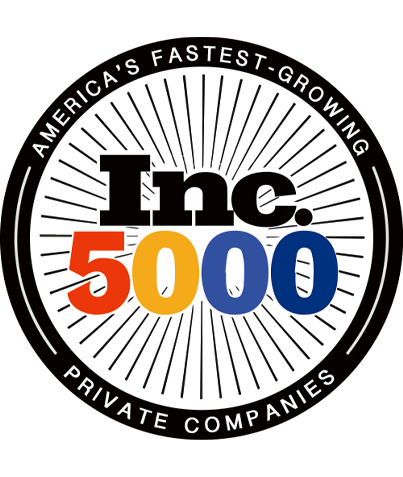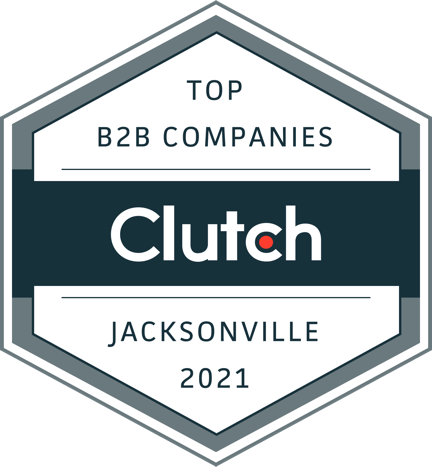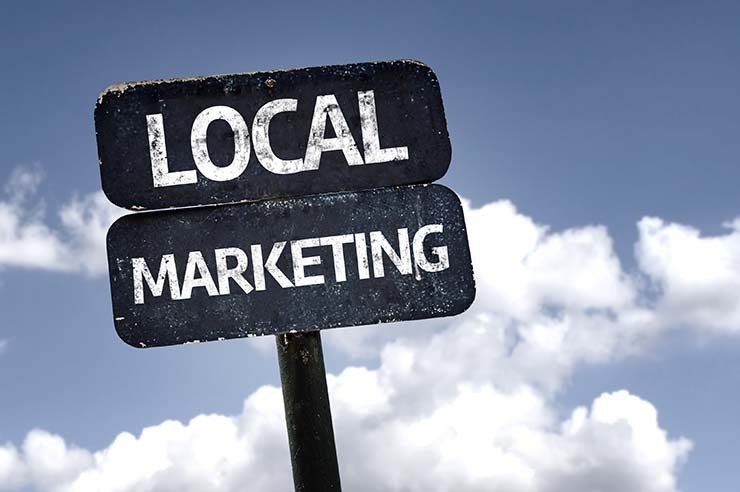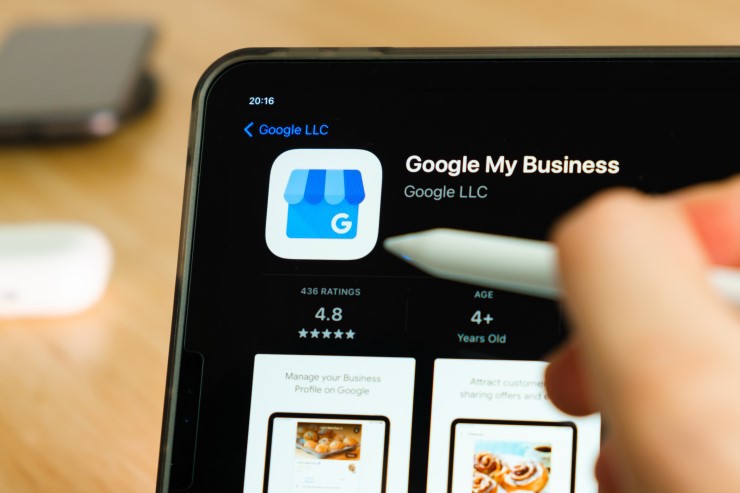Hyperlocal marketing certainly isn’t new, but as with all things digital, it’s evolving at a rapid pace, transforming the way businesses position themselves online – particularly in mobile search. It’s a strategy designed primarily for brick-and-mortar businesses, intended to generate immediate traffic (both by foot and online) to consumers searching for nearby products and services.
Need to get the attention of search engines & increase website traffic? Our guide to hyperlocal marketing covers some of the most important tactics to help you achieve your goals.
Hyperlocal Differs from Local Area Marketing
Local area SEO is not to be confused with hyperlocal marketing as it’s a completely different strategy. Local area marketing services are effective for targeting the country, city, and state a business operates in. So, if someone is at home or work and searches “hair salons in Tampa,” local marketing and SEO will drive the results.
On the other hand, hyperlocal marketing is geared toward the rise in mobile search. Google continues to see an increase in “near me” and “nearby” searches, so it’s important to optimize for both local and mobile as 94% of people in the United States with smartphones search for local information on their phones.
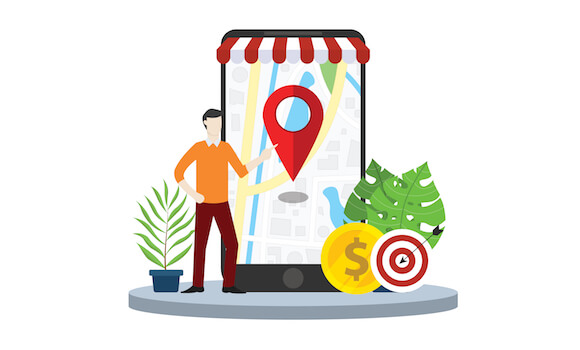
Hyperlocal drills down beyond the city, targeting businesses that are within the neighborhood a searcher’s device is in. The businesses in search results that are returned can be within blocks of the consumer.
Hyperlocal Marketing Is Geared Toward the Intent to Buy Now
When someone types or speaks “coffee shops near me” into their smartphone, they might already know a few places in the city to buy coffee, but those shops could be too far. Instead, the thirsty consumer could be looking for the fastest, easiest, and most convenient option in their location for a cup of coffee.
A consumer types or speaks “near me,” “nearby” or “in XYZ neighborhood” into their mobile device with the intention of heading directly to one of the businesses that appear in search results. Statistics show that over 80% of “near me” type searches result in a sale, so your goal as a marketer or business owner should be to ensure that your business shows up in mobile searches.
Hyperlocal Marketing Services Are Not the Same as Standard SEO
Hyperlocal marketing must not be confused with standard SEO, but the two can certainly be used together. The intent is to buy, but not all search is mobile. Or, search is mobile, but the consumer wants to do more research before they buy. In this case, businesses will benefit if their SEO and digital content are done with hyperlocal marketing in mind.
Here are a few tips to go hyperlocal for desktop and other more general search inquiries:
✓ Use NAP Citations
Make sure all your business citations match. Something as simple as “Ave.” versus “Avenue” on your listings can negatively impact whether you show up or not. Also keep in mind that your NAP (Name, Address, Phone Number) should be listed on every page of your own website.
✓ Employ Hyperlocal Meta Data
Adjust your page titles, meta descriptions, and image alt tags with neighborhoods – not just the city. For example, your page title changes from “Curly Hair Specialist in Tampa” to “Curly Hair Specialist in Hyde Park Tampa.” Hyde Park is the neighborhood, therefore making the title hyperlocal.
✓ Tailor Content to be Hyperlocal
Adjust your blog and content strategy to include more speakable and mobile search terms to include neighborhoods. For example, if you’re a tour operator in Tampa’s Ybor City neighborhood, you could create content titled “10 Fun Things to do in Ybor City” rather than “10 Fun Things to do in Tampa.”
✓ Create Review-Based Content
Create more review-based blog topics that utilize hyperlocal strategies and the intent to buy. For example, if you specialize in eyelash extension services, you could write an article about “The 5 Best Lash Services in Downtown Tampa.” The city and neighborhood are hyperlocal, and the focus on intent to buy is covered by reviewing the individual services offered. As with all content, strive to be informative and conversational, and not sales-heavy.
Google My Business Is a Must
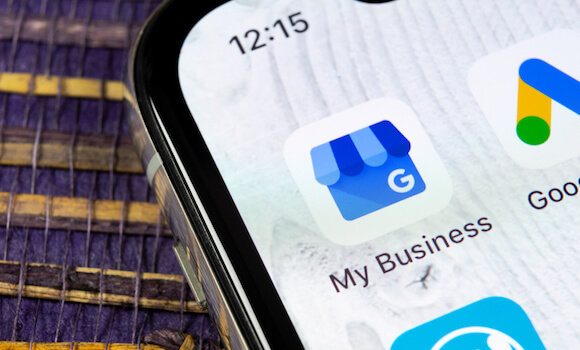
Organic hyperlocal marketing is driven primarily by Google My Business (GMB). The top results when looking for a specific type of business are almost always a GMB search result, including star rating, number of reviews, and other information. It’s easy to manage your business profile so you can stand out and bring customers in from Google Search and Maps, so claim your profile today.
If you’re about to launch a business in the Hyde Park neighborhood of Tampa, think about your potential business name and if consumers will understand what you offer and be drawn to you. For example, if you own a deli and you’re thinking your business name will simply be “Joy’s,” it’s not clear that you offer sandwiches and the like. Consider having your business name be “Joy’s Sandwiches,” or if you want to get hyperlocal – “Hyde Park Hoagies.”
If your competitors have what they do in their business name, and you don’t, you could be losing out on potential customers. You’d be surprised how many local businesses don’t have any indication of what they do in their name!
Reviews Matter More Than Ever with Hyperlocal Marketing
Mobile search results are often accompanied by reviews on Facebook, Yelp, Google, TripAdvisor, and other rating sites. Consider this – which business listing would you be more likely to click on?
- The business with 5 stars and three ratings?
- The business with 4.5 stars and 100 ratings?
- The business with 3 stars and 50 ratings?
While the first business has 5 stars – and we’re naturally impressed by 5-star ratings – it only has three ratings. The 4.5-star business with a good sampling of 100 ratings is the most appealing.
With an ethical review boosting strategy, the 3-star business can work to improve upon its overall rating, and the 5-star business should encourage customers to leave a review to get a better sampling that isn’t suspect. Getting reviews is as simple as asking customers to leave a review after their visit, emailing reminders to your mailing list, or offering incentives like a discount.
You might be one of many coffee shops in a 3-block radius, but your steady stream of Google reviews increases your local pack search results by 13%.
Hyperlocal Advertising with Google Beacons
With the strategies above, there will always be variables that can be optimized but not controlled, which is where hyperlocal advertising can help.
The most effective way to do this is with Google Beacons. Google Beacons are technology installed throughout cities or by retailers to create proximity-based triggers and actions. These are small, and most people don’t even know they’re there. Beacons aren’t new, but we’re at a point where their saturation is to a point where they empower strategic initiatives.
![]()
Unlike organic hyperlocal marketing services, the beacons drive the communication – not the consumer using mobile search. Google knows where potential customers’ smartphones are, meaning that campaigns and ads can be set up with beacons to do the following:
-
- Use SMS or text messages to send discounts to people walking past your store, or to remind everyone getting off the train or bus near your bar that it’s 2-for-1 happy hour. Even if they don’t stop in or make a purchase today, this increases brand awareness as they might not have known your business is nearby.
-
- Send SMS or mobile app discounts or promotions to shoppers who are already in-store. Receiving a 20% discount can be the deciding factor between making a purchase or passing on an item they’re on the fence about.
-
- Order food, products, or services directly from a Google Beacon set at a table or designated station. For example, a waiter or bartender might take a food order, but the Google Beacon has a visually appealing screen promoting drinks and desserts. This might entice guests to buy more, and it empowers diners to add-on to their order without flagging down a staff member. This improves customer service and streamlines the service process. Some beacons are even combined with payment processing.
-
- Use in conjunction with augmented reality to enrich tours, create a personalized guided experience, boost social sharing, and more.
- Hyperlocal advertising can also be used to accurately track the success of your AdWords campaigns. It can track who has searched online or on mobile for your keywords, then track with the Google Beacon who stopped in at your store. Even if customers don’t make a purchase, you can determine what percentage walks into your business.
Facebook retargeting has been expanded to include options beyond those who have recently visited your website, to hyperlocal advertising to those who are currently in your area or have recently visited your area.
This strategy won’t work for every business but can effectively target the types of businesses that travelers frequent, such as:
- Gyms
- Coffee shops
- Restaurants
- Food trucks
- Tourist attractions
- Arts and entertainment locations
- Popular shops and boutiques
Improve Your Hyperlocal Presence Today
Having a hyperlocal marketing strategy and creating a full cycle of care for your customers is a new way of engaging the demographic. Furthermore, it’s necessary for a truly authoritative local presence.
Represent your brand in the best light before, during, and after purchase, and give your customers plenty of opportunities to pat you on the back.
A local SEO agency like Oyova can support your online business in many ways, helping you to achieve and exceed your business goals with hyperlocal marketing tactics through targeted content and customized strategies for success.
Are you looking for Hyperlocal marketing strategies for your digital marketing agency? Check out our guide here: Hyperlocal Marketing Strategies for Agencies.
Our Awards

